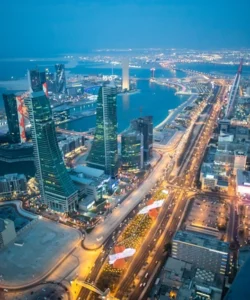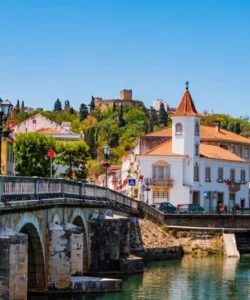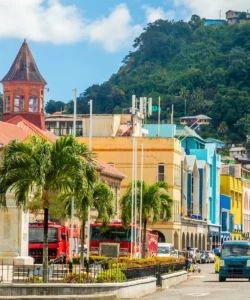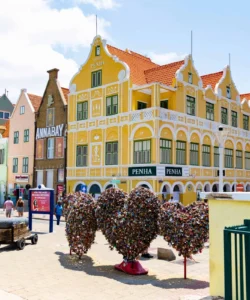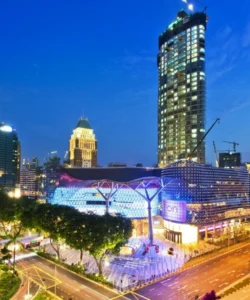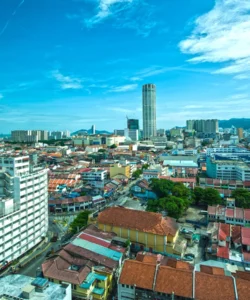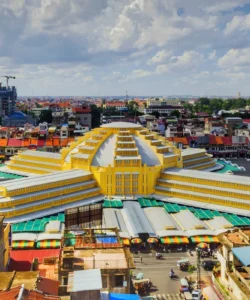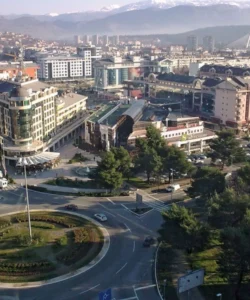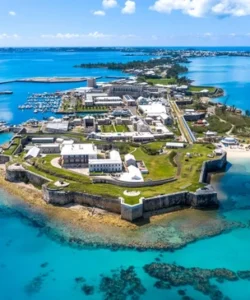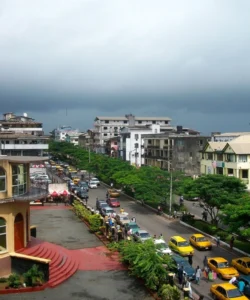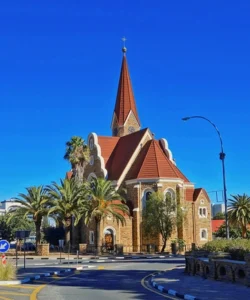Azerbaijan, nestled at the crossroads of Eastern Europe and Western Asia, offers a fascinating blend of ancient history and modern development.
Listen to an introduction about Azerbaijan
![]()
Area & Population:
Azerbaijan covers an area of approximately 86,600 square kilometers. Its population in 2025 is estimated to be around 10.5 to 10.9 million people.
Capital & Major City:
The capital and largest city is Baku, a vibrant metropolis on the Caspian Sea. It’s known for its striking architectural contrasts, from ancient walled city to futuristic skyscrapers.
Language:
The official and primary language is Azerbaijani, a Turkic language closely related to Turkish. Russian and English are also spoken, particularly in urban areas and among younger generations.
Currency:
The currency of Azerbaijan is the Azerbaijani Manat (AZN).
Religion:
Islam is the majority religion in Azerbaijan. The population is predominantly Shia Islam (40-45%) and Sunni Islam (35-40%). There’s also a smaller Christian population (around 6%) and other minorities including Judaism and atheism. While Islam is the dominant faith, due to decades of Soviet atheist policy, religious affiliation is often more cultural than strictly practicing.
Attractions & Wonders:
- Baku (The Capital):
- Icherisheher (Old City): A UNESCO World Heritage site with ancient mosques, winding cobbled streets, and the iconic Maiden Tower.
- Flame Towers: Three modern skyscrapers shaped like flames, beautifully illuminated at night, symbolizing Azerbaijan’s “Land of Fire” moniker.
- Heydar Aliyev Center: A stunning, fluid-shaped architectural masterpiece housing a museum, exhibition spaces, and an auditorium.
- Baku Boulevard: A scenic promenade along the Caspian Sea, perfect for a stroll.
- Azerbaijan Carpet Museum: A unique building shaped like a rolled carpet, showcasing the rich history of Azerbaijani carpet weaving.
- Yanar Dag (Burning Mountain): A natural gas fire that continuously blazes on a hillside.
- Beyond Baku:
- Gobustan National Park: A UNESCO World Heritage site famous for its ancient rock carvings (petroglyphs) dating back to the Stone Age, and its unique mud volcanoes.
- Sheki: A historic city along the ancient Silk Road, home to the magnificent Palace of Shaki Khans, renowned for its colorful stained glass windows, and old caravanserai.
- Lahij: A charming mountain village known for its traditional craftsmanship, particularly copperware.
- Ganja: Azerbaijan’s second-largest city, offering a more traditional vibe with sites like the Imamzadeh Mausoleum and the quirky Bottle House.
- Quba: Known for its scenic forests, waterfalls, and apple orchards, and a good base for exploring the mountains.
- Nakhchivan: An Azerbaijani exclave with historical and religious sites like the Momine Khatun Mausoleum and Ashabi-Kahf (a sacred cave).
Architecture:
Azerbaijan’s architecture is a captivating blend of historical and contemporary styles.
- Ancient & Medieval: The Palace of the Shirvanshahs and the Maiden Tower in Baku’s Old City exemplify medieval Azerbaijani architecture. The Palace of Shaki Khans is another exquisite example of traditional craftsmanship and artistry. Various mausoleums and caravanserai also dot the landscape.
- Modern & Contemporary: Baku’s skyline is dominated by striking modern structures like the Flame Towers, the curvilinear Heydar Aliyev Center, and the Baku Crystal Hall, which hosted the Eurovision Song Contest. These represent Azerbaijan’s embrace of modern design and its aspiration for a global identity.
Roads:
Azerbaijan has a developing road network, with major highways connecting cities and regions. Roads within Baku and leading to major tourist destinations are generally in good condition, though quality can vary in more remote areas.
Hotels:
Baku offers a wide range of accommodation options, from luxury international hotels like the Four Seasons, Ritz-Carlton, and JW Marriott, to boutique hotels and more budget-friendly guesthouses. Outside of Baku, particularly in popular tourist regions like Gabala, Guba, and Shahdag, you’ll find a selection of hotels, resorts, and guesthouses.
Restaurants & Cuisine:
Azerbaijani cuisine is rich, flavorful, and influenced by its diverse history and geographical location. Must-try dishes include:
- Plov: A staple of Azerbaijani cuisine, this rice dish comes in many variations, often prepared with meat, dried fruits, and aromatic herbs. “Shah Plov,” encased in lavash bread, is a particularly festive version.
- Dolma: Tender grape leaves (or other vegetables like tomatoes, peppers, eggplants) stuffed with a savory mixture of ground meat, rice, and herbs.
- Qutab: Thin crescent-shaped flatbreads filled with various ingredients such as meat, greens, cheese, or pumpkin, cooked on a “saj” (iron griddle) and often served with yogurt and sumac.
- Kebabs: A popular choice, with different types like “tika” (marinated lamb chunks) and “lula” (ground meat skewers).
- Piti: A hearty lamb soup cooked and served in individual clay pots, often found in Sheki.
- Pakhlava: A sweet pastry with layers of dough, walnuts, and honey or syrup, especially popular during Novruz (Spring Equinox).
- Shekerbura: Another sweet pastry, often intricate in design, traditionally enjoyed during Novruz.
Annual Travel:
Before the pandemic, Azerbaijan was experiencing significant growth in tourism. In 2019, the country recorded an all-time high of approximately 3.17 million visitor arrivals. While numbers declined in 2020 due to global travel restrictions (around 796,000 visitors), the country is actively working to revive its tourism sector and attract more international visitors.

